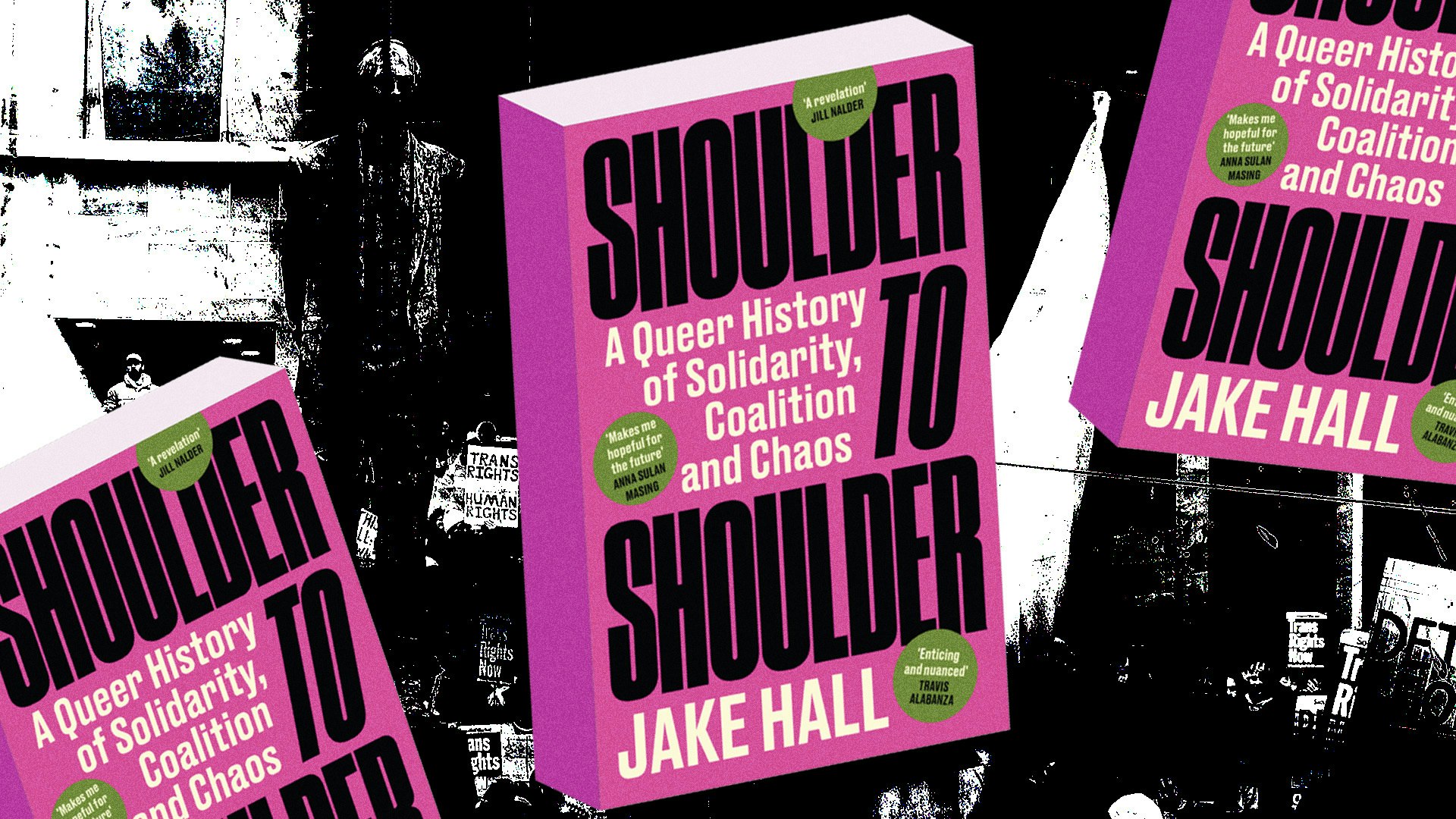A year on the frontlines of the UK miner’s strike
- Text by Miss Rosen
- Photography by Martin Shakeshaft

In 1984, Martin Shakeshaft was ready for a career change. He was in his mid-20s, working in the NHS as a nurse, but had become disillusioned by lack of funding and resources. “Some things never change,” he says today.
He decided to take a chance and applied for the Documentary Photography program at Newport – run by Magnum Photos member David Hurn. Luckily, Shakeshaft was one of the 12 students accepted.
Inspired by the work of Jo Spence and W. Eugene Smith. Shakeshaft recognised that photography could be used as a tool for activism. “I was very political at the time… I was using a camera to record the world around me, and in a way to help me make sense of it,” he says. “I had a strong sense of justice and couldn’t understand why everyone else didn’t feel the same.”

Orgreave Coking Plant. Near Sheffield, 18 June 1984
When the UK Miners’ Strike began, Shakeshaft headed to the frontlines to document it. His new book, The Miners’ Strike 1984–1985 (Café Royal Books), revisits that fateful year.
Shakeshaft got his start publishing photos of picket lines in political newspaper. But as he got to know the miners, he realised there was a bigger story to tell. “In addition to ‘headline events’, we began to cover what was actually happening in the communities,” he remembers.
During this process, he became close with a miner named Peter Harries. “I used to stay with him and his family in the town of Maerdy. Peter wouldn’t be classed as overtly political, but had no doubts that he was trying to preserve the future of his community. I got a real sense of the camaraderie that the miners felt for each other.”
As the strike continued, it divided the country. “After the previous Tory Government had been bought down by strike action in what had become known as the ‘Winter of Discontent’, Thatcher knew this was a battle she had to win. So the full power of the state was used to defeat the strike,” says Shakeshaft.

Miners and Labour Party Young Socialists demonstrate at the Conservative Party Conference, 1984

Police Horses Charge Through Miners Picket Line. Orgreave Coking Plant. Near Sheffield, 18 June 84
He quickly noticed the discrepancy between media coverage and actual events. Shakeshaft would get home in the evening after photographing on the picket lines, only to see a totally different versions of event played out on the news. He cites the 1984 Orgreave Riot, where 71 picketers were charged with riot and 24 with violent disorder, as an example.
“The BBC News stated that police horses were used to clear pickets, throwing stones at police lines. However, I was there and know that the police used horses and snatch squads against the miners long before a single stone was thrown. When the miners were charged with riot, some of my images where used by the defence to prove that the police had fabricated evidence against them.”
“At the time, riot was punishable by life imprisonment. The trials collapsed when the evidence given by the police was deemed ‘unreliable.’ As a photographer I am sometimes asked if ‘taking a photograph can make a difference’. In this case, it definitely did.”

Orgreave Coking Plant. Near Sheffield – 18 June 1984

Orgreave Coking Plant. Near Sheffield, 18 June 84

Alun ‘Massum’ Jones. The march back to work, Maerdy, 5 March 1985
The Miners’ Strike 1984–1985 is out now on Café Royal Books.
Follow Miss Rosen on Twitter.
Enjoyed this article? Like Huck on Facebook or follow us on Twitter.
Latest on Huck

How trans rights activism and sex workers’ solidarity emerged in the ’70s and ’80s
Shoulder to Shoulder — In this extract from writer Jake Hall’s new book, which deep dives into the history of queer activism and coalition, they explore how anti-TERF and anti-SWERF campaigning developed from the same cloth.
Written by: Jake Hall

A behind the scenes look at the atomic wedgie community
Stretched out — Benjamin Fredrickson’s new project and photobook ‘Wedgies’ queers a time-old bullying act by exploring its erotic, extreme potential.
Written by: Isaac Muk

“Welcome to the Useless Class”: Ewan Morrison in conversation with Irvine Welsh
For Emma — Ahead of the Scottish author’s new novel, he sat down with Irvine Welsh for an in-depth discussion of its dystopic themes, and the upcoming AI “tsunami”.
Written by: Irvine Welsh

“Struggle helps people come together”: Sharon Van Etten & The Attachment Theory
Huck’s February interview — To hear more about the release of the indie darling’s first collaborative album, we caught up with her and Devra Hoff to hear about the record, motherhood in music and why the ’80s are back,
Written by: Isaac Muk

Nxdia: “Poems became an escape for me”
What Made Me — In this series, we ask artists and rebels about the forces and experiences that shaped who they are. Today, it’s Egyptian-British alt-pop shapeshifter Nxdia.
Written by: Nxdia

Kathy Shorr’s splashy portraits inside limousines
The Ride of a Lifetime — Wanting to marry a love of cars and photography, Kathy Shorr worked as a limousine driver in the ’80s to use as a studio on wheels. Her new photobook explores her archive.
Written by: Miss Rosen